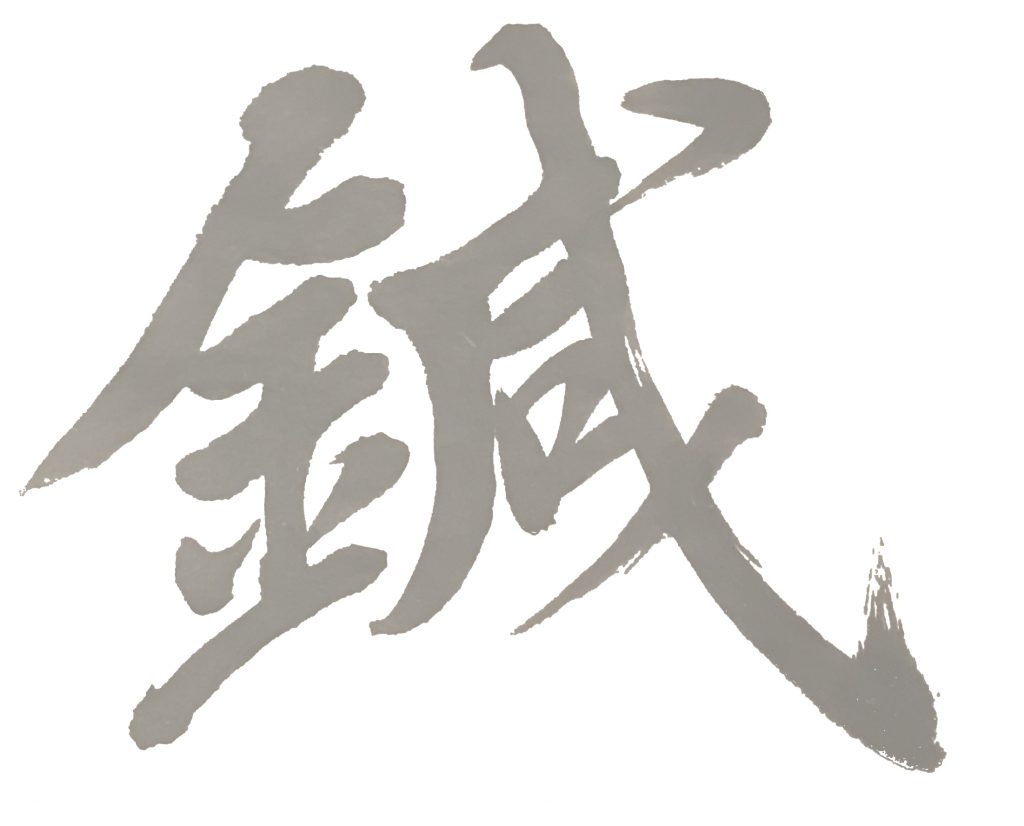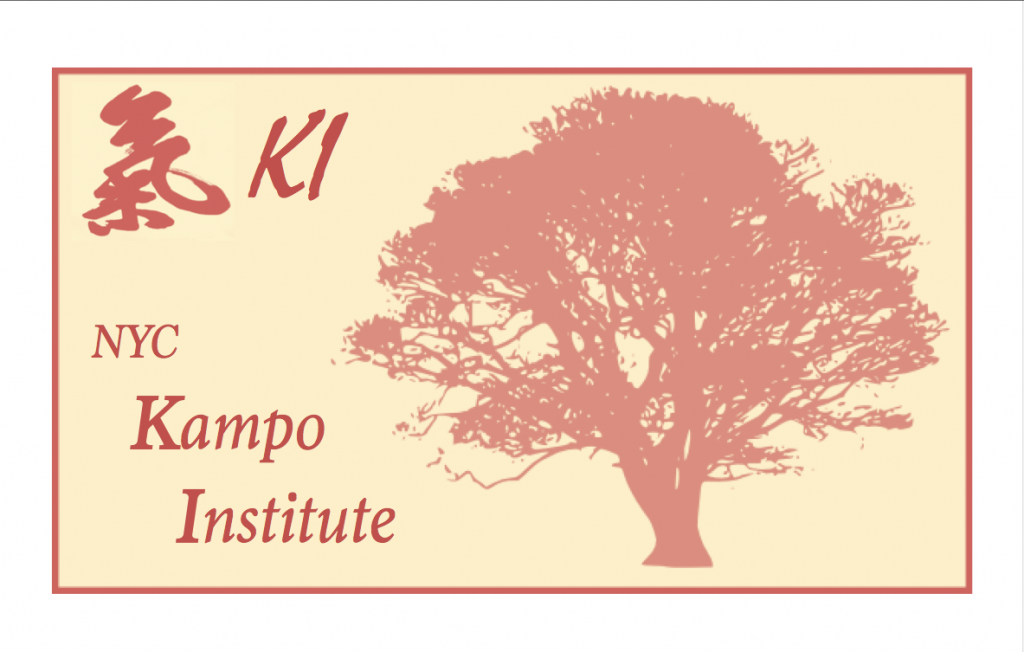An Intensive 8 Module Series In San Diego, CA

Location
Held at the Marina Village Conference Center
CEU Information
21 Continuing Education Credits pending per module (168 total for the series) with NCCAOM, TX, and CA.
Dates
Module 1: May 31-June 2, 2024
Module 2: September 20-22, 2024
Module 3: November 15-17, 2024
Module 4: February 7-9, 2025
Module 5: April 4-6, 2025
Module 6: May 30-June 1, 2025
Module 7: September 19-21, 2025
Module 8: November 14-16, 2025
Friday through Sunday, 9:00am-05:30pm with a 90-minute lunch break
Cost
Students and Professionals: $6,500
Auditing Participants (Full Series): $3250 (Auditing Students are students who have previously completed a full Kampo Internship series with Nigel Dawes)
Auditing Students (Individual Modules): $406.25 per weekend (Auditing Students are students who have previously completed a full Kampo Internship series with Nigel Dawes). Auditing Students registering for individual modules, please register here.
Please note: HDHS does not offer payment plans. However, PayPal, our processor, offers 6-month interest-free payment plans as well as low-interest payment plans for those wanting to pay over a longer period of time.
Register Here
ELIGIBILITY & PROGRAM DESCRIPTION
This two year clinical training is designed as a post-graduate internship in the theory and practice of Kampo medicine, the system of traditional Herbal Medicine practiced in Japan. This system offers practitioners familiar with the basics of TCM and other East Asian theoretical models the opportunity to learn a direct, hands-on, clinical approach to the practice of Herbal prescribing.
The didactic and clinical portions of the program are comprised of the following four integrated but distinct components:
CLASSROOM
-
- Theory
Basic Kampo theory will be studied including the concept of the Sho (conformation), Qi blood and fluid theory, Taishitsu (constitutional analysis), Icho Kyojaku (weak gastrointestinal function) and unique diagnostic specialties such as Fukushin (abdominal diagnosis). Emphasis will be placed on understanding the complexities of the patient Sho (conformation which includes their presenting pathology but also involves detailed constitutional analysis and subjective patient complaints. - Formulas
120 commonly used Kampo formulas (mostly from the Shang Han Lun & Jing Gui Yao Lue) will be studied. Some 15 or so original formulas written in Edo period Japan (1603-1865) will also be studied alongside those of Classical Chinese origin. The unique Sho & clinical narrative conforming to each respective formula will be examined in detail including modifications and derivatives. - Therapeutics
In addition, Kampo therapeutics (internal medicine) will be studied. Disease manifestations will be examined according to their physiological systems (eg: Circulatory Disorders etc.) & will be systematically examined according to their specific Sho (or differential diagnostic pattern expressed in terms of relevant formula applications). Study will include the clinical specialties of Dermatology, OBGYN & Pediatrics.
- Theory
CLASSROOM
-
- Kampo Internship Teaching Clinic
- K.I. teaching clinic is held on Saturday and Sunday afternoons in modules #2 thru #8.
- Patients are seen for herbal consultation in the Kampo style for a reduced fee. New patient consults are 1 hour with follow-up visits scheduled for 30 minutes. Patients are encouraged to visit on a regular basis for careful re-evaluation and formula modification or change. This intensive clinical monitoring constitutes a major characteristic of clinical practice in the Kampo tradition.
- The clinic experience is conducted in small groups where students are asked to participate in all aspects of clinic assessment, including pharmacy management and herb formula prescription and dispensing. Careful attention is paid to the practice of the detailed diagnostic procedures essential to an accurate application of appropriate herbal formulas.
- Students will gradually be expected to actively participate in formula prescription with the aim of achieving confidence and independent skills by the end of the training. Formal case study presentations form part of the clinical training with regular, monthly on-line study groups held for students and past graduates of the program. Students and alumni are encouraged to publish their work in peer-reviewed journals.
- Kampo Internship Teaching Clinic
KAMPO HISTORY
Kampo, sometimes written Kanpo, literally means “the way of the (Han) Chinese”. It refers to the traditional methods of prescribing herbs developed during the Han dynasty (200 BCE – 220 AD). These early ideas reached Japan by the 6th century and began to be incorporated into medical practice there. They were transmitted, usually via Korea, by Buddhist monks and scholars such as Te Lai (in 459 AD) and Zhi Cong (in 562 AD).
Japan also adopted the Chinese written language at this time and began to incorporate Buddhism, Confucianism, governmental organization and the art of divination and astrology as well as various Martial Arts from mainland China, opening the way for Chinese Healing arts to follow. The first official classes in Chinese Medicine in Japan are said to have been given by a Korean physician in 602 AD by order of the Empress Suiko (reign: 592-628 AD).
There followed a period of fertile medical exchange between China and Japan which lasted until the beginning of the 11th century and was dominated by the Han Dynasty works of Zhang Zhong Jing (c.150-220 AD) and those of the Sui (589-618 AD) and Tang (618-907 AD) dynasties marked by the work of the famous physician Sun Simiao (581-682 AD). The earliest surviving Japanese Herbal text, the Ishimpo, was written in 984 AD by Yasuyori Tamba, and quotes more than 100 Chinese texts from the preceding 4 centuries.
Japan underwent a period of cultural and economic isolation between the end of the 9th century, soon after the publication of the Ishimpo, which lasted until the end of the 14th century. By then, just as China had done during the Jin Yuan period (12th CE), Japan developed distinctive schools of medical thought epitomized by the Goseiha school of Sanki Tashiro (1465-1537), based on the work of Chinese scholar-physicians such as Li Dongyuan (1180-1251) and Zhu Danxi (1281-1358) which focused on the center tonifying and yin-tonifying principles respectively as well as on the 5-phase theory.
Later, the Kohoha school, developed by Todo Yoshimasu (1702-1773), claimed that most disease was caused by an invading toxin, not unlike the other two schools of the Jin Yuan period (Fire-purging and Wind-clearing) and the later treatise of the Wenbing Hiuichun (1587) describing the so-called four levels of disease, written by Gong Tingxian (1522-1619).
Kanpo went into decline with the advent of western influences in medicine and was all but relegated to folklore by the Meiji period (1868-1902). It was only revived in the first half of the 20th century by enthusiastic western-trained doctors who were interested in returning to their classical roots in medicine. Amongst them perhaps the most well known, often called the “father of modern Kampo” was Keisastu Otsuka (1900-1980) who was widely published, helped set up the Kitasato Research Institute for Kanpo studies in Tokyo and is perhaps the best-known modern Kampo practitioner in Japan.
KAMPO TODAY
Along with recognition in the medical world came validation of the herbs by rigorous
research and clinical trials, mostly funded by the large drug companies who maintain a
majority share of the Kanpo market to this day in Japan. Their legacy has been the
delivery system of granular herbal extracts (Wakan-yaku in Japanese), a convenient and
mass-produced method of taking the herbs with a high rate of patient compliance very
popular in Japan. In addition, the Japanese health ministry officially recognizes more
than 220 Kanpo formulas and more than 150 of these are covered by the national health
insurance.
It is currently estimated that as many as 50% of all doctors in Japan use some form of
Kampo medicine and that there are in excess of 10,000 pharmacies dispensing Kampo
preparations. Kampo in Japan is taught in the traditional academic & clinical setting to MDs and Pharmacists wishing to specialize in Herbal Medicine. These are the only
professions licensed to practice & prescribe herbal medicine in Japan today. However,
there are large numbers of specialist Kampo doctors who have usually studied in the
formal apprenticeship tradition & who generally practice under the license of a
collaborative physician. These individuals often have far superior knowledge & training in
the medicine & are sought out by patients all over Japan. It is common for a patient to
seek a prescription for herbal medicine over the counter at their local pharmacy or to
visit their physician for such. Equally, it is also commonplace for hospital inpatients to
receive Kampo medicines in place of or alongside their orthodox medication regime.
With the sanction of the orthodox medical community, the future of Kampo in Japan &
worldwide is therefore assured by the increasing interest of the public & professionals & by the quality assurance of the products & of their research-based validation, financed in large part by several of the leading pharmaceutical companies. At a time when the FDA in the USA is becoming increasingly concerned about safety & toxicity issues with regard to the raw & prepared herbal materials being imported, it is comforting to note that the prepared formula format employed by most Kampo practitioners has already passed stringent quality control testing & is accepted as safe by the relevant government agencies. The same cannot be said of all countries manufacturing and distributing prepared formulas in East Asia.
KAMPO PRACTICE
Kampo carries the trade-marks of all traditional Japanese therapeutic systems – an emphasis on palpation (primarily abdominal in the case of Kampo), a diagnostic framework based on early theories from the classics (such as the Nei Jing Su Wen and Ling Shu “Yellow Emperor’s Classic of Internal Medicine” and the Nan Jing “Classic of Difficult Questions”) focusing on 5-Phase theory, Qi, blood & fluid differentiation (which predates zang-fu theory) and the prescribing of classical formulae exclusively taken from the Shang Han Lun (“Treatise on febrile diseases caused by cold”) & its sister text the Jing Gui Yao Lue (“Prescriptions from the Golden Cabinet”), both written in the later Han Dynasty. The unique features of this classical system include:
- Prescriptions and dosages are small in comparison to modern Chinese
herbal formulas (typically one third) rendering a narrow therapeutic target. - Herbs are never re-boiled (unlike in China).
- Primarily plant material used (very few animal parts)
- Knowledge of the clinical application of the formulas is emphasized over & above detailed memorization of the materia medica.
- Formulas are prescribed for short periods (usually one week or less) prior to
re-evaluation. - Herbs are often delivered as concentrated granular extracts that can be
modified. - Diagnosis employs the Sho, Qi, blood & fluid differentiation (instead of 8-principals).
- Pulse diagnosis is derived from the Shang Han Lun, with findings related directly to specific formulas rather than channel or organ pathology, though it is considered of secondary clinical importance as compared with Abdominal and tongue findings.
- Fukushin (Abdominal diagnosis) is a unique & important hallmark of Kampo.
- Formula synergy – classical formulas are valued for their uninterrupted clinical efficacy of almost 2000 years. A major emphasis of Kampo is therefore to respect the synergy of each formula by using it according to its exact classical dimensions and proportions. Modification or subtraction is rarely, if ever, considered; rather an alternative formula may be prescribed instead.
- Formula matching – the practice of composing a formula based on the perceived individual action of each herb was not discussed in the early classical texts. Prescribing was done on the basis of “matching” a formula to a patient conformation, called the Sho in Japanese. The Sho differs from the modern TCM concept of a pathological “syndrome” in that it includes not only a collection of identifiable signs and symptoms but also pays attention to the patient’s subjective complaints, the constitution, the state of the digestive function and diagnostic specialties such as abdominal palpation (Fukushin). In Kanpo terms, each formula is therefore said to have its own unique Sho and the practitioner’s job is to successfully “match” this Sho with that of the patient. This process requires a direct application of clinical knowledge of the formulas to a deep understanding of the patient without reference to abstract theoretical constructs or theories.
Register Here
ABOUT NIGEL DAWES

Nigel Dawes M.A., L.Ac. is an internationally renowned teacher and author who has been practicing East Asian Medicine for over 35 years. He has been based in New York for the past 25 years where he runs a private practice in Acupuncture, Shiatsu and Kampo (Sino-Japanese Herbal Medicine).
Educational activities have included founding and directing his own Shiatsu school in London in the late 1980’s, 8 years as Dean at an accredited school of Oriental Medicine in NY after his arrival in the US in 1993, and various educational board and committee appointments within the profession at a national level as well as faculty appointments at NYC schools of East Asian Medicine.
More recently he established the NYC Kampo Institute offering seminars and programs in Traditional Japanese Medicine at the post graduate level, in particular his Kampo Internship program, a 300-hour apprenticeship-style post-graduate training in Sino-Japanese herbal Medicine. This program is offered nationally throughout the US and internationally including in Portugal, Israel and Australia.
He is well-known nationally and internationally for his work on Fukushin – abdominal diagnosis and application in clinical practice – and he is currently finishing a book on the subject. His other publications have included numerous peer reviewed journal articles in the field of East Asian Medicine as well as research papers in medical journals on HIV and Aids treatment with Acupuncture. He is author of 3 books, the most recent of which is a translation of the modern Japanese classic: Kampo: A Clinical Guide to Theory and Practice.

